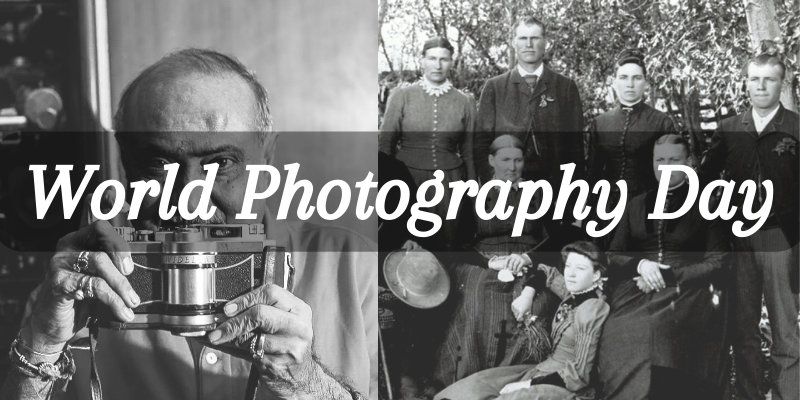Photography, an art form that captures moments frozen in time, has evolved significantly since its inception. As we celebrate World Photography Day, let’s delve into the intriguing history and unique aspects of this medium. From the very first photograph to the rise of digital imagery, photography has a fascinating tale to tell. Following are 11 interesting facts on the history of photography:
1.An 8-Hour Exposure
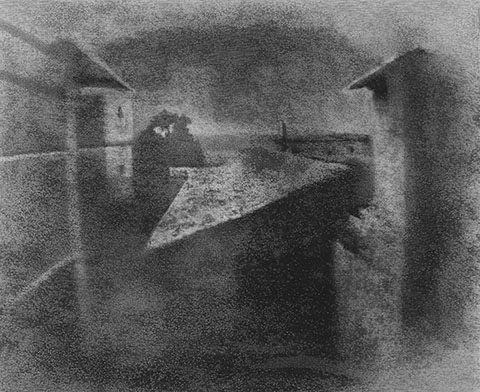
The journey of photography began with a patient and arduous process. The first-ever photograph, taken by Joseph Nicéphore Niépce in 1826, required a staggering 8 hours of exposure time. This effort laid the foundation for the art form that photography would become.
2. Capturing the Macabre
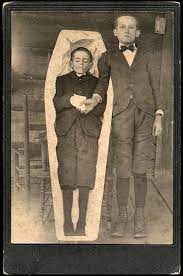
During the 1800s, some of the most popular subjects for photography were rather morbid. Post-mortem photographs, or “mourning portraits,” were taken to immortalize deceased loved ones. This practice might seem unsettling today, but it reflects the unique ways in which photography was embraced in the past.
3. The Pricey Leica
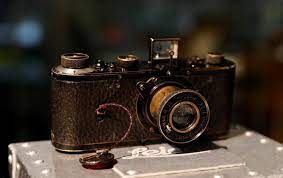
The Leica 0-Series camera holds the title of the most expensive camera ever sold at 14.4 million Euros. This iconic piece of photographic history fetched a staggering price due to its rarity and historical significance, showcasing how photography artefacts have become sought-after collector’s items.
4. Digital Revolution

In 1975, Steve Sasson invented the first digital camera. This camera weighed 8 pounds and captured black-and-white images at a resolution of 0.01 megapixels. Little did Sasson know that his invention would eventually reshape how we perceive and interact with photographs.
5. Windows XP Wallpaper
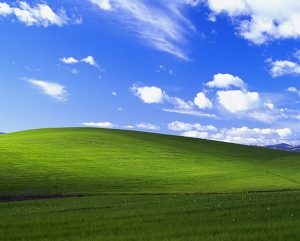
The most viewed photograph in history is the landscape that served as Windows XP’s default wallpaper. This image, known as “Bliss,” captured the essence of the rolling green hills and clear blue sky, becoming an instantly recognizable representation of digital aesthetics.
6. Collector’s Delight
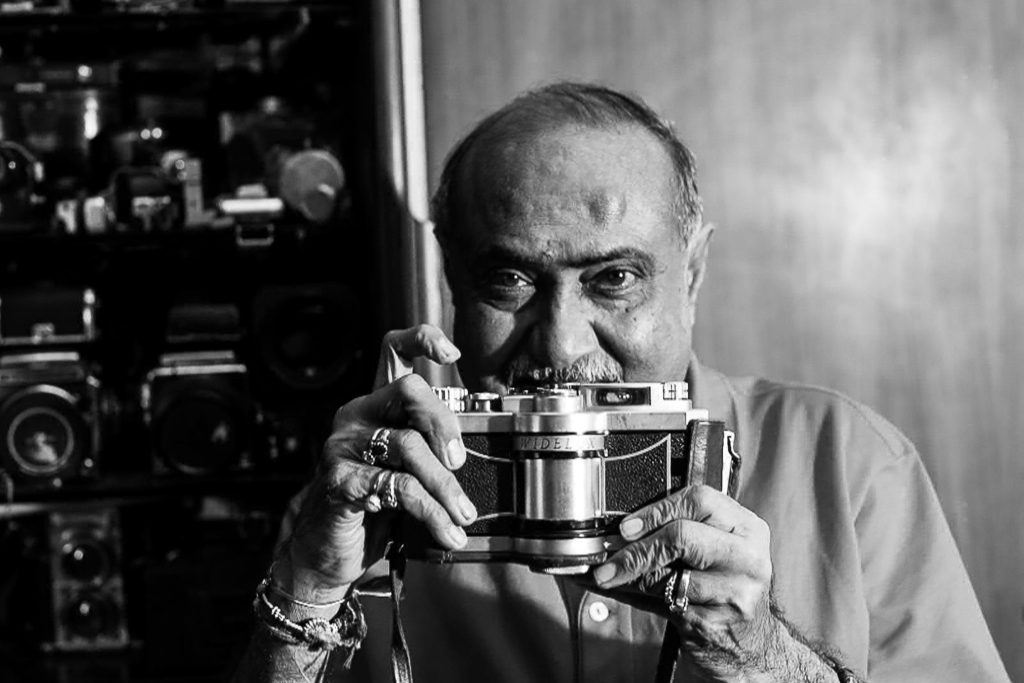
Dilish Parekh, a dedicated photojournalist from Mumbai, has the largest collection of antique cameras. With an impressive total of 4,425 cameras, Parekh’s collection showcases the evolution of photographic technology over the years.
7. In Full Color
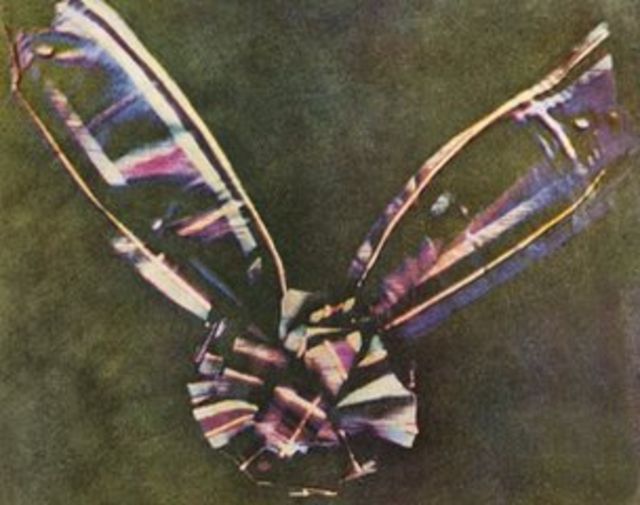
The first colour photograph, taken by James Clerk Maxwell in 1861, marked a significant leap in photographic capabilities. While colour photography took time to refine, Maxwell’s experiment laid the groundwork for vibrant imagery.
8. The Negative Approach
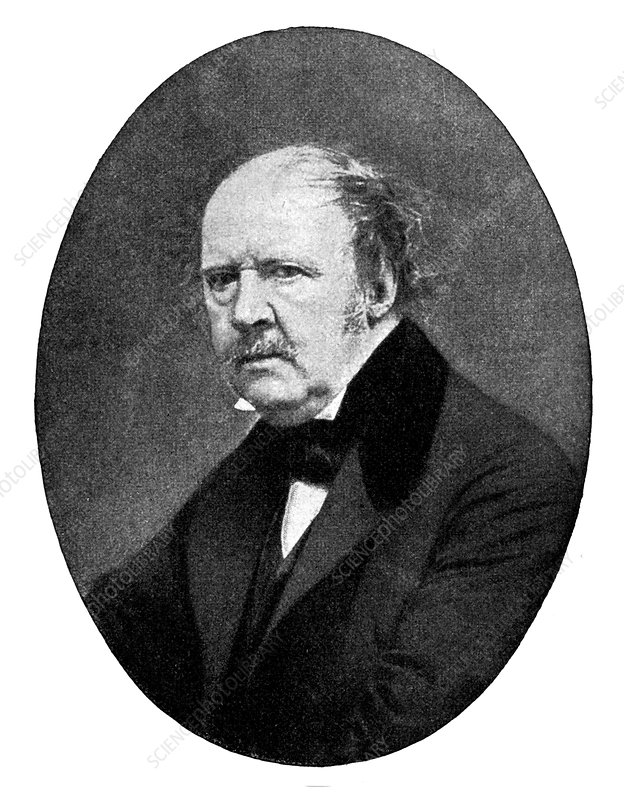
William Henry Fox Talbot is credited with creating the first negative in the 1830s. This innovation revolutionized photography by allowing multiple prints to be made from a single negative, transforming photography into a replicable art form.
9. Stiff Smiles
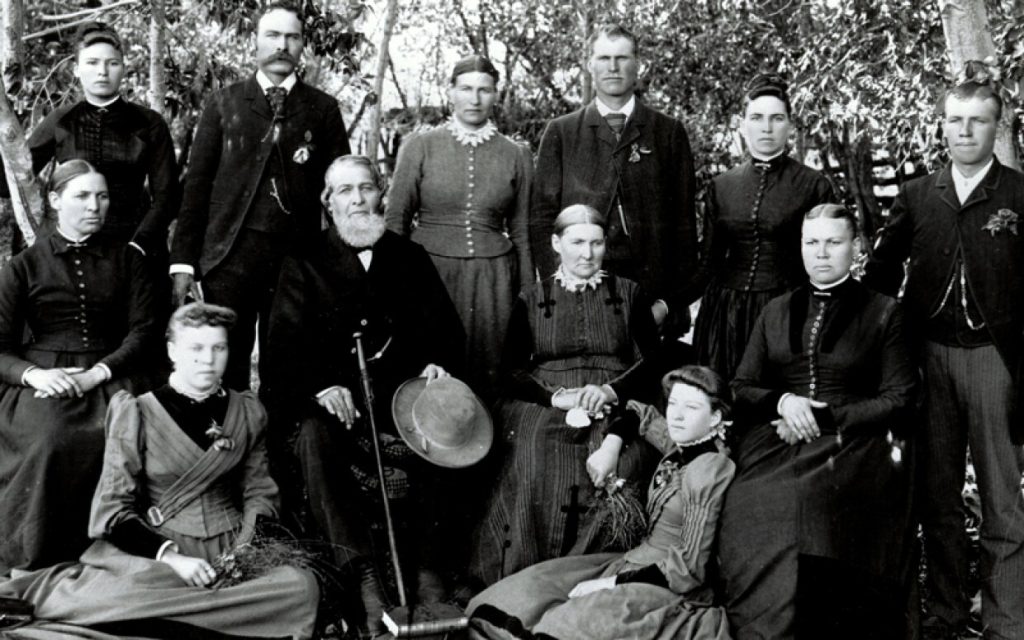
Those enigmatic expressions in early photographs weren’t just a stylistic choice. Subjects often refrained from smiling due to the long exposure times required. Staying still for extended periods was necessary to prevent blurring, giving rise to the stoic poses of yesteryear.
10. Cats Through Time
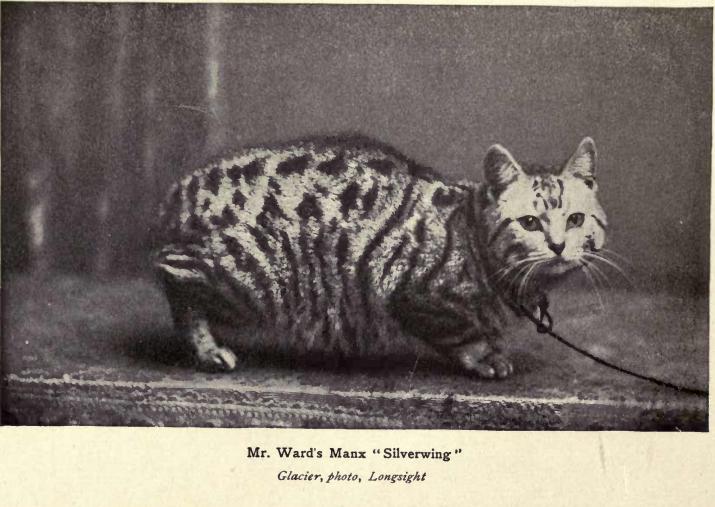
The fascination with cat photos is not a modern phenomenon. As early as the 1800s, photographers captured the playful antics and mysterious allure of cats, highlighting the enduring appeal of cats across the ages.
11. Streets of Paris
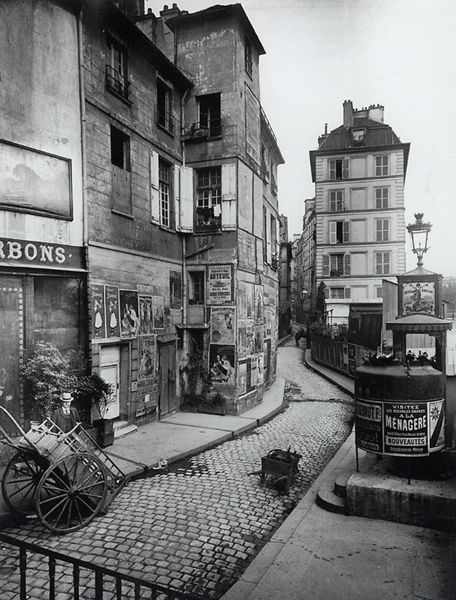
Courtesy: Pinterest
Street photography as we know it today officially kicked off in the 1930s, finding its roots in the vibrant city of Paris. Pioneered by artists like Henri Cartier-Bresson, this genre transformed candid moments into powerful narratives, capturing the essence of urban life.
World Photography Day celebrates the art, science, and history of photography, reminding us of its profound impact on how we perceive the world. Whether capturing fleeting moments or preserving cherished memories, the art of photography continues to evolve, shaping our visual culture and providing us with a unique lens through which to view the past, present, and future.

